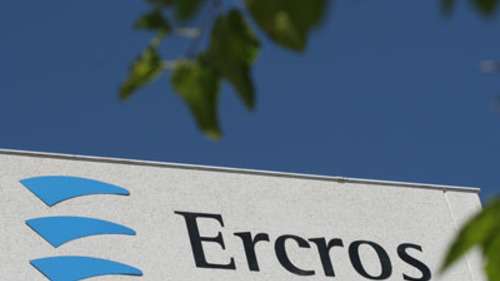
Chemical company Ercros has announced its investment plan to phase out mercury technology, which includes investments of €53.7m. The plan involves closing mercury operated chlorine production plants and increasing the production capacity of chlorine plants operating with membrane technology. The total investment required is significantly lower than the cost of converting the entire mercury production capacity to membrane technology. The plan will be implemented between 2016 and 2020 and will result in a 56% reduction in chlorine production capacity. Ercros plans to finance the investments primarily with cash flow and debt.
Barcelona - Ercros has unveiled its investment Plan to Phase Out Mercury Technology (Act Plan), which includes investments amounting to EUR 53.7 million, which aims to reshape the activity of the company dealing with the closure of mercury operated chlorine production plants and the announcement of its main chlorine customer to stop chlorine consumption starting on January 2018, in order to reach an estimated yearly ebitda of EUR 48 million.
Instead of converting its entire chlorine production capacity that currently uses mercury technology (213,000 t/year), that would require an estimated investment close to EUR 180 million or otherwise closing all such mercury capacity without taking any other alternative measure, that would imply an EUR 22 million drop in the ordinary ebitda, Ercros has decided to put in place an intermediate solution: to increase by 45,000 t/year the production capacity of its chlorine plants already operating with membrane technology (considered as the best available technology) to reach a membrane production capacity of 130,000 t/year, that will meet the expected demand in 2018 and will comply with the European legal obligation to close the plants still operating with mercury technology.
The total investment required to carry out the Plan (53.7 million euros) is significantly lower than the EUR 180 million that would be necessary to convert the entire mercury production capacity to membrane technology and allows, not only to offset the aforementioned ebitda decrease, but also to achieve an improvement of EUR 5 million, up to a yearly EUR 48 million ebitda.
The Act Plan will be deployed over the time frame 2016-2020 and includes a package of high-yield investments (with an average return time frame of 2 years), which can be implemented modular and quickly, with practically no additional fixed costs. Ercros plans to finance these investments primarily with the cash flow generated by the company (78%) and, to a lesser extent, with debt (22%).
After implementing all the measures included in the Act Plan the chlorine production capacity will be reduced by 56%, but all of this capacity will be using membrane technology. Phasing out mercury technology will also entail significant savings in electricity consumption.
The Plan also includes other investments shown in the table below, which aim to increase production capacity of: (i) those products whose facilities are close to reach 100% of its current capacity, such as several pharmaceutical active ingredients, chlorine tablets for swimming pools and Intermediate Chemicals Division products, and (ii) those products derived from chlorine whose supply could fall short as a result of the overall restructuring of the sector.
The new Ercros that will emerge after the Act Plan is fully deployed will continue or even increase its presence in the markets where is currently active and will have a more balanced portfolio of customer-oriented products with higher added value. In addition, reduced dependence on electricity and chlorine-related products will reduce the current cyclicality of its ebitda. Furthermore, Ercros, will be a low indebted company, with more efficient, renewed and competitive plants, and well located to serve its markets and with easy access to its main raw materials and supplies. In short, the new Ercros will have a smaller size, but will be more profitable and with better solvency ratios.